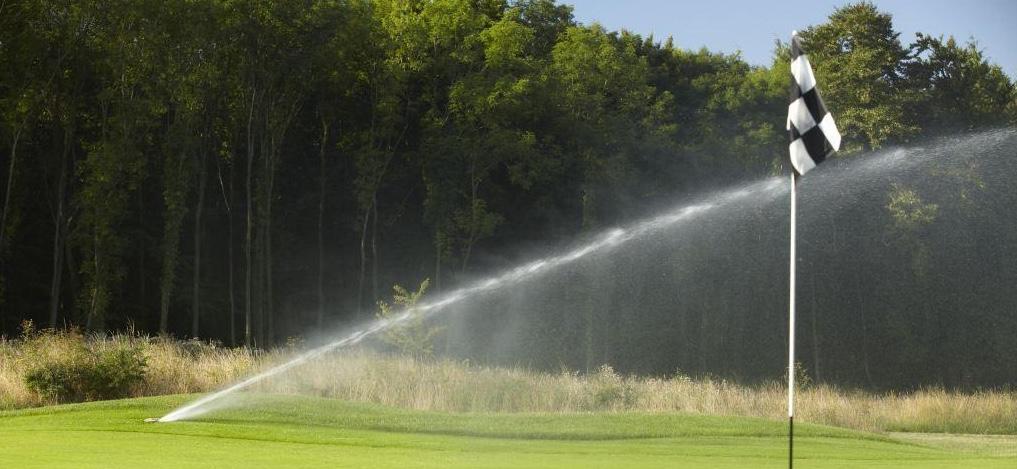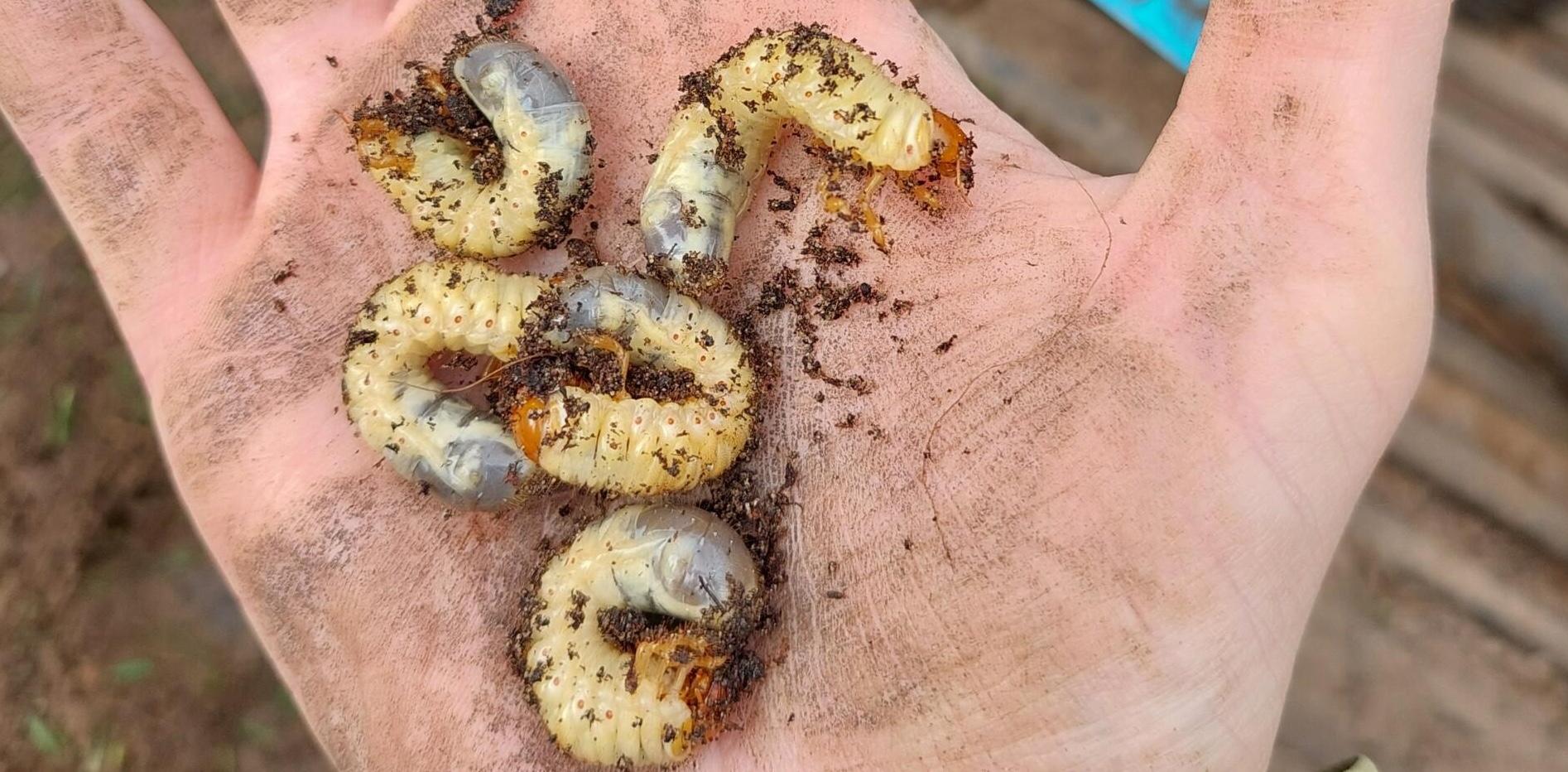With the record drought grabbing the headlines in the UK its easy to forget about the record temperatures we're also experiencing.
Of course a new climate means new opportunities for pathogens that have been sitting unnoticed historically and now have the ability to thrive.
Generally turf diseases need two things to thrive, optimum temperature and leaf wetness.
Whilst most of the turf in the UK is droughted out and has no evidence of green leaf let alone any leaf wetness.
The additional watering required on the intensely managed areas that remains has the potential to move us further into that danger area.
The two diseases that have been on my radar more in 2022 than ever before are:
Waitea Patch and Grey leaf Spot and I thought i'd share my notes so far on these challenges. I suspect as we move forward these two problems will become gretaer in the UK at times and we'll need to be better equipped to deal with them.
Take these notes for what they are - A starting point as we begin our journey towards good levels of integrated management.
Waitea Patch
Link here to South African website..........
Whilst not completely new its one we've seen more in 2022 on irrigated surfaces than I've seen historically.
Grass species:
Poa Annua, Creeping BentGrass
Optimum temperature range:
25c to 30c
ITM
- Californian research indicates that increasing nitrogen inputs reduced the severity of Watiea patch.
- This research also indicated that reduced levels of thatch, organic matter and compaction may play a role in disease severity and control.
- You may see a greening response in areas that have been severely blighted. This symptom is likely due to a breakdown of organic matter (thatch) and a release of nitrogen and other nutrients resulting in enhanced greening that could be confused with Type II fairy rings (dark green stimulated turf in a circular patch). Fungicide applications targeting these fairy ring like symptoms would likely have no effect if the patches were caused by Watiea patch.
- When environmental conditions favor disease development, adequate irrigation, nitrogen fertility should be used whilst monitoring irrigation practices to ensure leaf remains dry for long periods of the day.
Chemical control
- Turf receiving preventive fungicide treatments typically had significantly less Watiea patch than the untreated control, but this was not the case for most of the curative treatments.
Grey Leaf Spot
This ones fairly new for the UK but is a serious problem in the USA and since its arrival has changed the way Ryegrass is used in the USA. I'm getting feedback of this one in Stadium environments in the hottest areas of the country.
Link here to USA website............
Grass species:
Ryegrass
This is very quick to become dominant in the right conditions
Optimum temperature range:
28 - 32°C and continuous leaf wetness for 9 hours.
20 - 23°C and continuous leaf wetness for 21 to 36 hours.
ITM
- Grey leaf spot seems to enjoy high levels of fertility
- Higher mown turf is more susceptible.
- Newly established turf is more susceptible than mature stands.
- Limit drought stress and extended periods of leaf wetness.
- Water turf thoroughly and as infrequent as possible to try to avoid prolonged periods of a wet leaf
- Nitrogen application timings and method seem to play a role in the speed of development
- When disease is active, mow when the canopy is dry and remove clippings.
- During periods of activity carefully consider any other applications that could cause stress (herbicides)
- Renovate damaged areas with cultivars with resistance.
Kate Entwistle has also done some good work on this. Link to the turfgrass disease website..........................
Lots to learn but that's a good start.




